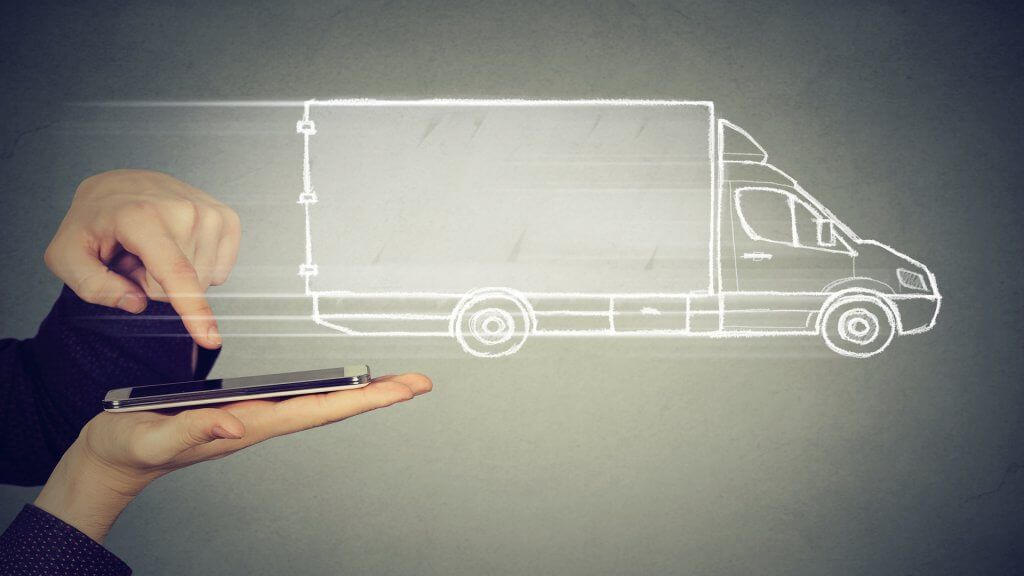In today’s interconnected global marketplace, businesses rely heavily on efficient transportation to move goods from one place to another. The movement of goods is a huge part of business relations across the world, in a wide range of industries. However, along with the convenience of shipping comes the risk of potential loss or damage to the goods during transit. This is where Goods in Transit (GIT) Insurance plays a crucial role. For EU businesses engaged in trade, understanding the nuances of GIT Insurance is so important to safeguarding their assets and maintaining smooth operations.
What Exactly is Goods in Transit Insurance?
Goods in Transit Insurance is a specialised type of insurance to protect businesses against the risks associated with transporting goods from one location to another. It provides coverage for loss, theft, or damage to the goods while they are in transit – whether by road, rail, air, or sea – so it’s a major part of insurance for any business who has any involvement in transporting goods.
GIT Insurance typically covers a wide range of goods, including but not limited to:
Raw Materials: Components and materials used in manufacturing processes.
Finished Goods: Products ready for sale or distribution.
Perishable Goods: Items that may spoil or deteriorate over time, such as food or pharmaceuticals.
High-Value Goods: Luxury items, electronics, or precious metals.
Hazardous Materials: Chemicals or substances with potential risks during transportation.
One major advantage with Goods in Transit Insurance is that it can be tailored to cover various modes of transport, including road, rail, air, and sea. However, coverage limitations may vary depending on the insurer and policy terms. It’s therefore essential for businesses to review and understand these limitations before deciding on who to go with and securing their coverage.
Another advantage is that GIT can cover international shipments. For EU businesses engaged in international trade, Goods in Transit Insurance can provide coverage for shipments crossing borders. Whether goods are transported within the EU or to destinations outside the EU, comprehensive GIT Insurance can mitigate the risks associated with cross-border logistics – an issue that has gained prevelance since Brexit.
How are Goods Valued?
Determining the value of goods for insurance purposes is a critical aspect of GIT Insurance. Insurers typically consider factors such as the invoice value, market price, or replacement cost of the product when deciding on its valuation, making sure that there is adequate protection in the event of loss or damage during transit. In short, it’s usually the amount of money it would cost to replace the item today.
While that is the responsibility of the insurer, business must also adhere to certain rules. Specific packaging requirements are set by the insurers, so companies must ensure their goods are packaged correctly to ensure coverage under GIT Insurance. Proper packaging not only protects the goods from physical damage but also demonstrates due diligence by the business. Failure to meet packaging standards may result in coverage limitations or being denied a claim, so it’s a really important part of the process to consider.
In the unfortunate event of loss, theft, or damage during transit, businesses can initiate the claims process pretty quickly. Once you’ve taken out insurance, you can typically make a claim any time after the start date on the policy. Most insurers have streamlined procedures for submitting claims, which typically include providing documentation such as proof of loss, shipment details, and evidence of the goods’ value.
Theft and Pilferage Coverage
Goods in Transit Insurance typically covers theft and pilferage, providing financial protection against criminal activities during transportation. Whether goods are stolen en route or during temporary storage, comprehensive coverage helps businesses mitigate the financial impact that lost or damaged goods can have.
In certain situations, goods may require temporary storage during transit, such as at warehouses or distribution centres. Goods in Transit Insurance can extend coverage to goods left in storage, ensuring continuous protection until final delivery is completed.
All things considered, here are the main benefits of GIT Insurance for EU businesses:
Risk Mitigation: GIT Insurance helps businesses protect against the operational and financial risks associated with loss, theft, or damage to goods during transit.
Financial Protection: Comprehensive coverage ensures that businesses are adequately compensated for the value of lost or damaged goods, minimising financial losses.
Operational Continuity: By safeguarding the supply chain, GIT Insurance ensures uninterrupted operations and timely delivery of goods to customers.
Enhanced Reputation: Reliable transportation and insurance arrangements reflect positively on a business’s reputation, fostering trust and credibility among clients and partners.
Compliance Assurance: By meeting insurance requirements for transportation, businesses can ensure compliance with regulatory standards and contractual obligations.
In conclusion, Goods in Transit Insurance is an essential risk management tool for EU businesses involved in trade and transportation. By understanding the coverage options, valuation methods, and claim procedures, businesses can effectively safeguard their assets and maintain operational resilience in today’s dynamic business environment.
If you are a business owner and are looking to take out GIT insurance, we are here to help. Here at Coversure we are the team you can trust with your business. If you’d like a Goods In Transit Insurance quote from Coversure, please contact your local Coversure office or start your quote here. Our independent brokers will search their markets to find you the right policy at the right price to keep your business protected.



























